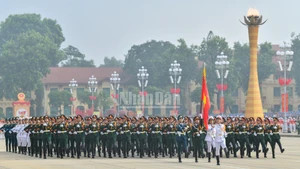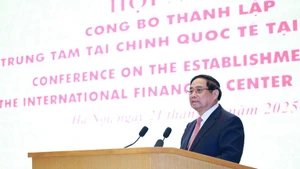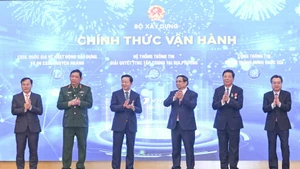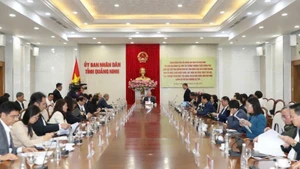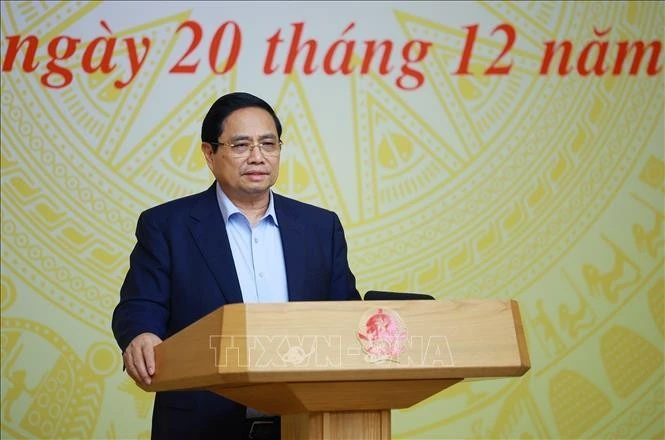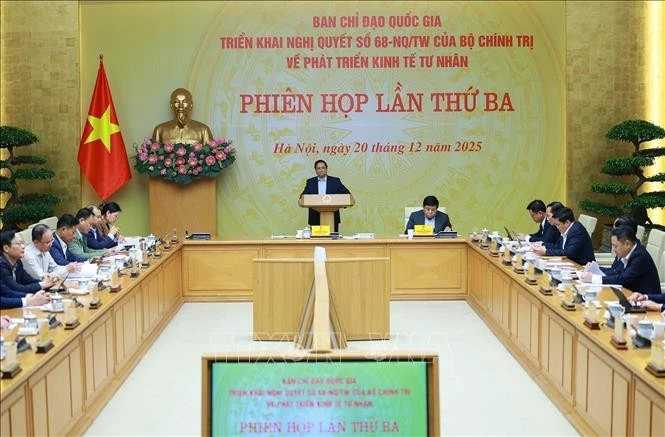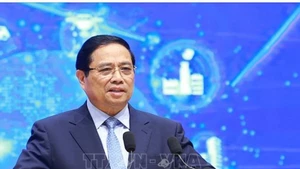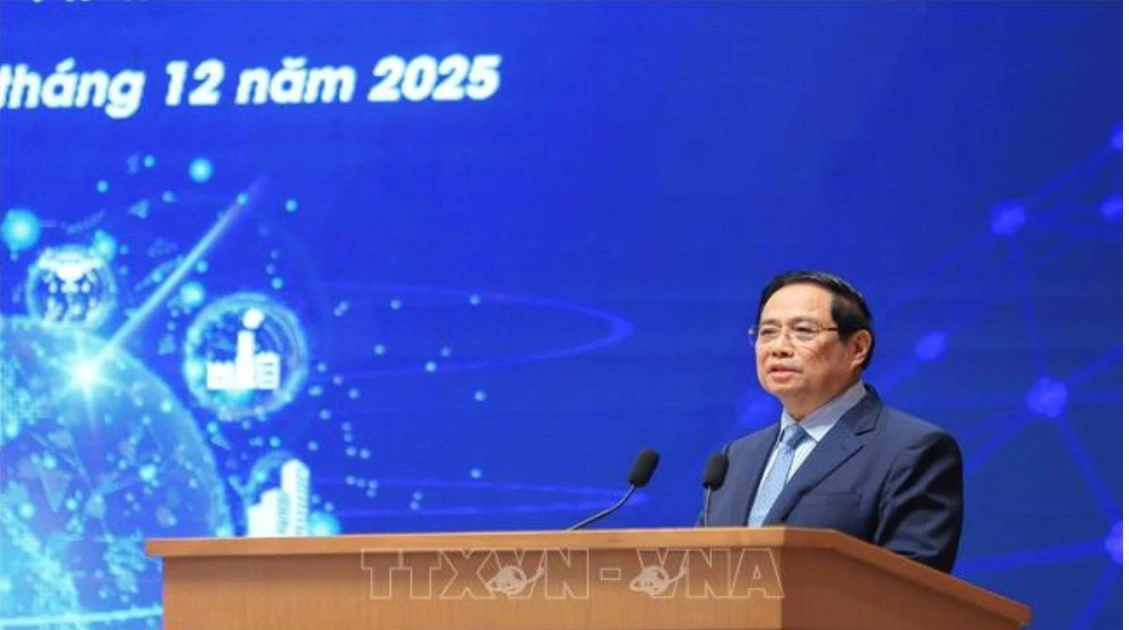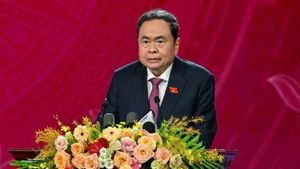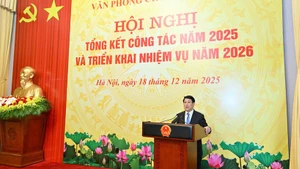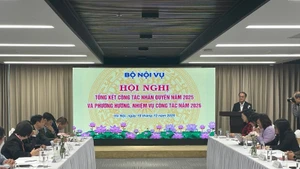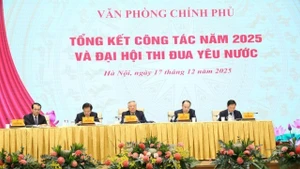In recent times, we have been active in implementing digital technology across various fields, including the economy, culture, education, and administrative reform. Artificial Intelligence (AI), the Internet of Things (IoT), big data, and cloud computing are gradually becoming essential tools in many industries. According to the Ministry of Information and Communications, the digital technology industry is now the core of the digital economy, accounting for nearly 60% of its total value, playing a crucial role in accelerating the country’s economic growth.
In his article on digital transformation, General Secretary To Lam also evaluates that: Entering the 21st century, Vietnam has achieved significant progress in socio-economic development. The estimated average GDP growth rate for the 2021-2025 period is 5.7-5.9% per year, positioning Vietnam among the leaders in the region and the world, while the size of the economy will increase by 1.45 times and is expected to reach 500 billion USD by 2025. Per capita income has risen sharply from 3,400 USD to around 4,650 USD, bringing Vietnam into the high-middle-income group by 2025.
However, compared to the digital transformation speeds of many countries globally, we are still lagging. The reason lies in the cumbersome organisational structure with many intermediary layers, leading to inefficiency. It is evident that allocating up to 70% of the budget for salaries to sustain this structure has hindered investment in development, including in the information technology infrastructure necessary for digital transformation, which remains weak and unsynchronised. The complex and layered structure also complicates the implementation of digital technology projects, adding to costs.
Meanwhile, the development of national digital infrastructure must always stay one step ahead to drive national digital transformation, the digital economy, digital society, and digital citizens. This explains why the government has invested significantly in national digital transformation projects, however, results have not yet met expectations.
A mid-year report for 2024 on national digital transformation highlights that, in terms of technology infrastructure, 9 out of 22 ministries and sectors have yet to complete the upgrade and refinement of their administrative information systems at the central and provincial levels.
Regarding data, only 10.23% of local procedures and 1.17% at the ministry level have digitised files with reusable information. There is a risk that by 2025, the goal of reducing administrative procedures and documents related to population data by 50% will not be achieved.
A key bottleneck is the cumbersome organisational structure with multiple intermediary layers, which leads to opportunities for negative practices and corruption. Some officials, especially those in key positions within agencies, units, and localities, may be reluctant to advance digital transformation due to personal interests. Many civil servants are also hesitant about digital transformation due to fears of job displacement by technology.
Therefore, to accelerate the digital transformation process, General Secretary To Lam has set forth the requirement to reform and build a streamlined, effective, and efficient state apparatus. This includes eliminating unnecessary intermediary bodies; organising entities in a multi-sector, multi-field manner; strengthening decentralisation; and increasing monitoring and oversight to clearly define responsibilities between the central government and local authorities, and between management and workers. The mechanism for inspection and monitoring must be improved to ensure unity in state management and promote the initiative and creativity of localities.
This is an important solution that will help drive our digital transformation revolution, while also contributing to a streamlined, cost-effective, and efficient organisational structure. To achieve this, key directives and guidelines were announced. Party committees, organisations, agencies, units, and localities are urgently carrying out organisational restructuring and streamlining efforts.
This is an urgent task, identified by the Party Central Committee as requiring prompt action, and thus, the full agreement and unity of the entire political system are necessary. First and foremost, leadership officials must set an example by acting proactively and with the highest determination, taking decisive action in fulfilling their responsibilities. They should identify priority tasks and coordinate efficiently to ensure the completion of the political system’s organisational restructuring goals within the set timeline.

